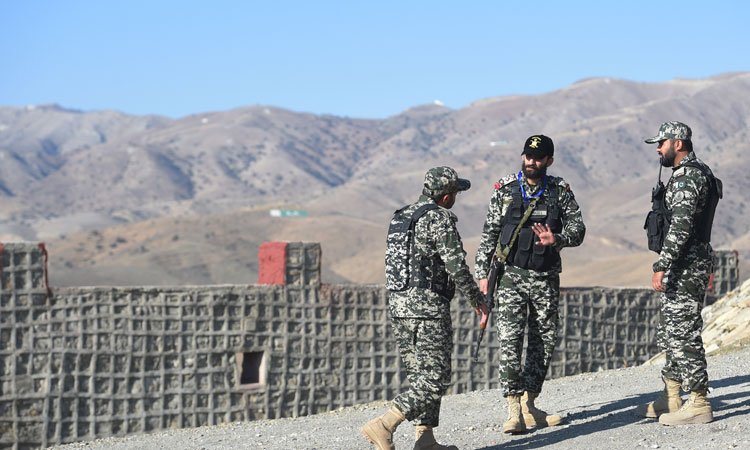Chitral has a strategic location, and it shares borders with Afghanistan’s Badakhshan, Nuristan, and Kunar provinces to the north and west, Gilgit-Baltistan to the east, Swat, and Dir to the south. Chitral is the largest region of the KP province. 20% of its area is divided into two districts, namely upper Chitral and lower Chitral. The population of the region is around 45,000. Chitral has three major religious communities: Sunni, Islmali, and Kalashi (Pagans). All the communities live in harmony, and mutual respect is extended to each other. The people of Gilgit-Baltistan have close religious, ethnic, linguistic, historic, and cultural links with the people of Chitral. Chitral is famous for metallic minerals like copper, lead, mercury, granite, gemstones, and metals worth billions.
GB’s Aman-ul-Mulk was considered the greatest ruler of Chitral, whose area extended from Asmara in Kunar to the borders of Punial on the one hand, to the border of Kafiristan and Dir on the other, and the watershed of Hindukush was its northern boundary.
In 1895, Umra Khan of Jandol invaded lower Chitral and had a fierce war with the Chitrali forces. British forces in Chitral were besieged in the Chitral fort. British reinforcement came from Gilgit, and finally, British rule was extended. According to historian Dr. Dani, this is how Yasin, Koh Ghizer, and Ishkoman were separated from Chitral. The border between British India and Afghanistan was signed in 1893. Demarcation was carried out between 1893 and 1896, and the Wakhan Corridor was created as a buffer.
The British agreed to pay Rs. 50,000 per month for the administration of the corridor. Until 1969, Chitral was ruled by the Katur dynasty as a princely state. The state of Chitral was dissolved on July 28, 1969, and made a district. During the Soviet invasion of Afghanistan, Garam Chashma in the south of Chitral remained a logistic supply base to support the Mujahideen.
After 9/11, during the time of Karzai and Ghani, Afghan soil was extensively used against Pakistan by Indian RAW through its 66 training camps. Chitral was not affected by Sufi Muhammad’s Tehreek Nafaz-e-Shariat Mohameddi movement in 1992. Subsequently, during the army’s operation in Swat and Malakand, terrorists fled to the Kunar province of Afghanistan under Mullah Fazaullah.
The recent attacks by the banned TTP on the two posts of Chitral Scouts at Bumburait and Jinjiret Koh from Nuristan are unprecedented. The government of Pakistan had already conveyed to the Afghan authorities information about the terrorist movement and concentration in the Gowardesh, Pitigal, Barg-e-Metal, and Batash areas of Nuristan and Kunar provinces. During the attack, 12 terrorists were killed and 50 were injured. Similarly, in another operation on September 10, the security forces killed another seven terrorists in the Ursoon area of lower Chitral. The entire area is being sanitized to clear it of terrorists in the region.
The Indian media took full advantage of the situation by creating hype and disinformation that the TTP had captured several villages. This is not the first time Chitral has come under attack. The region of Arandu in Tehsil Darosh was bombed by Soviet forces during their occupation of Afghanistan a number of times.
There has been a resurgence of TTP attacks, mainly in KP and in Balochistan. The diplomatic relations between Pakistan and Afghanistan are tense because of escalating tension and attacks by TTP terrorists equipped with the latest American weapons from safe havens inside Afghanistan. The main crossing at Torkham is closed due to a violation of an agreement by the Afghan Taliban. With the resurgence of TTP, thousands of people took to the streets in various cities in KP, protesting against the resurgence of terrorists. They are not ready to sacrifice their hard-earned peace under any circumstances.
The people of Chitral, like the people of GB, have a great history of being warriors who fought wars with Afghans, the British, and others who intruded on their territory. Today, once again, the brave people of Chitral stand firmly with the security forces to defend the motherland.
Chitral Incursion




